1070799
License Number
Call Us
La Puente, CA 91746
Visit Us Here
24 Hour Service
7 Days a Week
Repipe Plumbing: What to Expect from Start to Finish
Repipe plumbing is updating a home’s water piping system and removing old, corroded, or otherwise ineffective pipes. This renovation ensures clean, consistent water flow and avoids common plumbing issues that can plague older systems.
This article emphasizes the significance of repiping in maintaining a home’s plumbing infrastructure. Through repiping, homeowners safeguard against water damage and inefficiencies, underlining the procedure’s role in preserving a home’s integrity and value, as detailed herein.
The Need for Repipe Plumbing
Identifying the signs that your plumbing needs repiping is essential for keeping your home comfortable and functional. Being aware of these indicators can help you avoid more significant issues down the line.
The most common signs:
- Low water pressure: Frustrating trickle from taps can indicate pipe corrosion or deposits blocking the flow.
- Rusty water: Discoloration suggests internal pipe rust, compromising water quality.
- Leaky pipes: Frequent leaks are a clear call for a system overhaul.
- Frequent plumbing issues: Constant repairs signal systemic problems best addressed by repiping.
Outdated materials like galvanized steel or polybutylene significantly impact your plumbing system’s efficiency and safety. These materials are prone to corrosion and breakdown over time, leading to leaks, water damage, and even health risks from contaminated water supply. Updating modern, durable materials enhances your home’s plumbing performance and protects your family’s well-being, ensuring a safe and efficient water delivery system.
Planning and Preparation
Choosing the right materials for your repipe project is essential for long-term satisfaction and functionality. Let’s explore the most common pipe materials: PEX, copper, and CPVC. PEX is flexible, resistant to scale and chlorine, and cost-effective but may be sensitive to UV light. Copper pipes are durable, have a long lifespan, and resist corrosion, but they’re more expensive and require soldering. CPVC is easy to install and resistant to corrosion and chemicals, but it can be brittle and is not ideal for very high temperatures.
Selecting a qualified plumber for your repiping project is critical to its success. You want someone knowledgeable, reliable, and with a solid track record.
Here’s how to find the right professional plumber:
- Look for licensed and insured contractors with specific experience in repiping.
- Check reviews and ask for references to gauge past performance.
- Ensure they offer a warranty on their work to protect your investment.
- Discuss timelines and costs upfront to avoid surprises.
Preparing your home for repiping can minimize disruption and help the project go smoothly. It’s about being proactive in facilitating the work for the plumbing team. Here’s what you can do:
- Clear areas around pipes in basements, crawl spaces, and utility areas for easy access.
- Plan for water shut-off times by storing water for essential use.
- Protect your valuables and furniture from dust and debris in work areas.
- Stay flexible with your daily routine, as water access will be intermittent.
The Repiping Process
If you’re experiencing plumbing issues like low water pressure or leaks, it might be time to consider repiping your home. Let’s dive into the repiping process, why it’s essential, and how it can help. We’ll guide you through each step, ensuring you feel confident and informed.
1. Initial Inspection and Consultation
The initial step involves thoroughly inspecting the existing plumbing system to pinpoint any issues or potential upgrades. This comprehensive review ensures that nothing is overlooked, providing a clear foundation for the project ahead.
Following the assessment, an in-depth discussion covers the project’s scope, including preferred materials, a realistic timeline, and a detailed budget. This conversation ensures that expectations are aligned and all parties clearly understand the project’s parameters.
2. Project Planning
Crafting a project plan is key, outlining each step, establishing a realistic timeline, and syncing with homeowners to ensure the process is smooth and the daily routine faces minimal disruption. A well-prepared plan is a blueprint for success, paving the way for an efficient and effective project flow.
3. Site Preparation
Begin by readying the work area and focusing on safety and productivity. Clear the space, secure a storage solution for tools and materials, and set up barriers as required to maintain a designated workspace free from hazards.
Next, prioritize shielding the property and belongings from dust and debris. Utilize plastic sheeting and drop cloths meticulously, ensuring thorough coverage to guard against any potential damage during the project.
4. The Repiping Work
The process starts by carefully making access holes to remove outdated piping, ensuring it is as minimally invasive as possible. This initial step sets the stage for a smooth transition to new installations.
Then, proceed to install the new pipes, carefully placing and fitting them to match the system’s design. Attention to detail here is crucial for the seamless operation of the plumbing system.
The plumbing professional will conduct pressure testing on the new lines, a vital step to confirm there are no leaks and that the system is sealed and secure. This guarantees the integrity and reliability of the plumbing work.
Finally, attention turns to patching up walls and ceilings, restoring them to their original state post-installation. This step is about tidying up and ensuring the space looks as it did before, maintaining the property’s aesthetic.
5. Final Inspection and System Testing
Initiate a final inspection and meticulously test the new plumbing system. Experts dive in to scrutinize every aspect of the installation, confirming the system’s integrity and compliance with all standards.
The shift focuses on verifying that all fixtures receive the correct water flow. Diligently check each connection point for leaks, ensuring the system’s functionality is flawless and reliable.
6. Clean-Up and Restoration
Begin with a professional clean-up of the worksite, ensuring every speck of dust and debris is removed. This meticulous attention to detail not only respects the homeowner’s space but also marks the project’s completion with a high standard of cleanliness and order.
Next, embark on the restoration phase, attentively repairing any walls, ceilings, or other areas that bore the brunt of the repiping work. The goal is to return the space to its pre-project condition, if not better, seamlessly blending the repairs with the existing structure for a flawless finish.
Post-Repiping Considerations
Now that you’ve upgraded your plumbing system, keeping it running smoothly for as long as possible is crucial. Think of your plumbing like a car – regular maintenance can prevent major problems down the road. Here are some straightforward tips to help ensure your system remains in excellent condition.
- Be mindful of what goes down your drains; avoid flushing anything besides waste and toilet paper to prevent clogs.
- Install strainers in sinks to catch debris that could lead to blockages.
- Regularly check pipe insulation to avoid freezing and potential breaks during colder months.
- Monitor water pressure; too high can stress your plumbing, while too low could indicate a leak.
- Learn to DIY basic maintenance, like tightening leaky faucets, to keep everything running smoothly.
Warranties for your plumbing system offer peace of mind, but knowing exactly what they cover is essential. Typically, warranties will protect against defects in materials and workmanship for a certain period. It’s important to read through your warranty documents attentively so you understand how to activate your coverage should an issue arise, what is included, and if there are any exclusions you should be aware of.
Regular inspections ensure your plumbing system operates efficiently and prevent small issues from becoming bigger, costlier problems. By keeping an eye out, you can maintain the health of your system and extend its lifespan significantly.
- Annually check for visible signs of leaks in all accessible pipes.
- Listen for unusual sounds from your plumbing, like banging or whistling, which could indicate issues.
- Inspect your water heater for rust or water pooling around its base.
- Test water quality periodically, especially if you notice changes in taste or color, to detect corrosion or contamination early.
- Familiarize yourself with your home’s main shut-off valve location to quickly address any sudden plumbing failures.
Revitalize Your Home’s Plumbing System with Expert Repiping Services
In wrapping up, let’s remember that repiping your home is not just about fixing immediate problems; it’s an investment in peace of mind, water quality, and the longevity of your plumbing system. Plus, with the right care, this new network of pipes will serve you well for years to come, ensuring your water flow is smooth and your bills are kept low. It’s important to regularly maintain and check in on your plumbing system to keep it running optimally.
To ensure your home is protected and you’re capitalizing on the benefits of a modern plumbing system, consider hiring Expert Repiping Services. Showtime Plumbing LLC specializes in copper repiping, offering a durable solution to your plumbing needs. Don’t wait for emergency leaks or water quality issues to worsen. Contact Showtime Plumbing LLC today and take the first step towards a safer, more efficient home plumbing system.
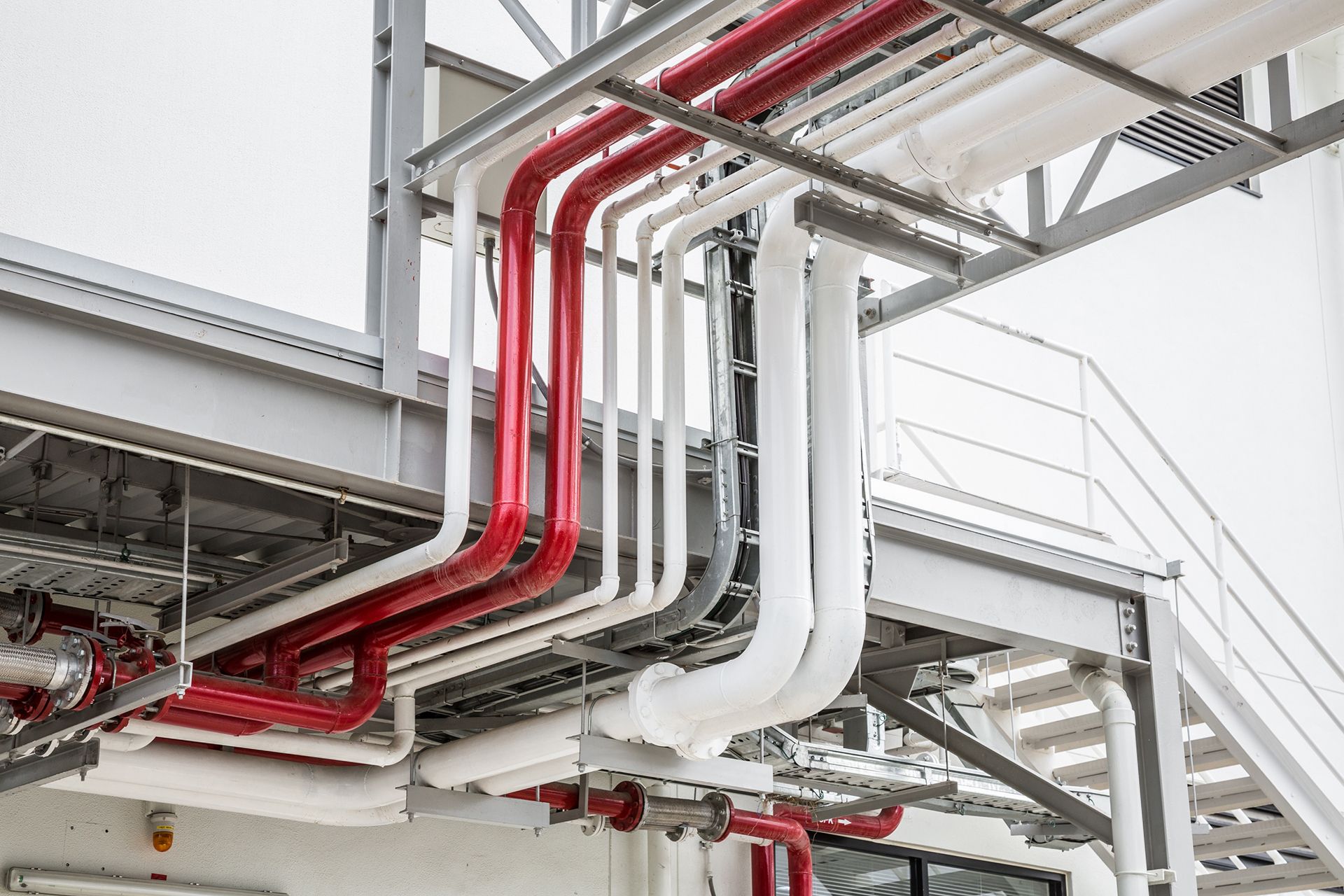
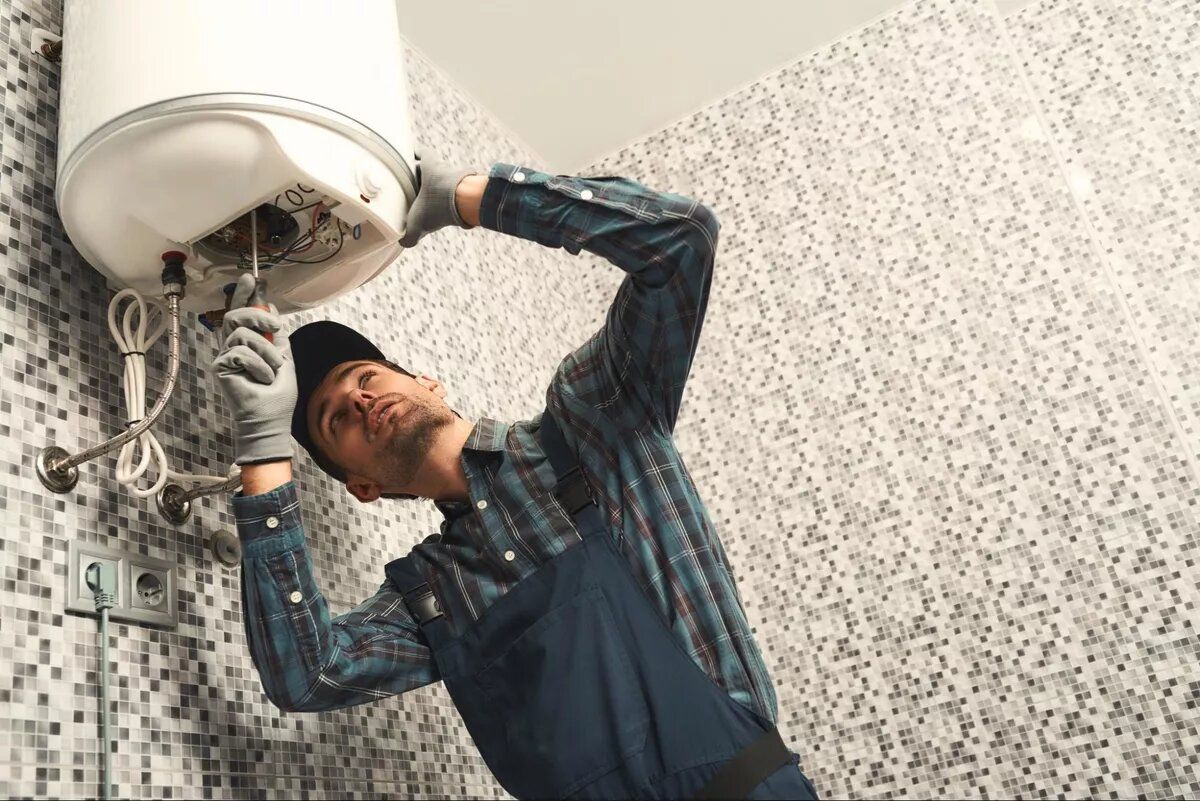
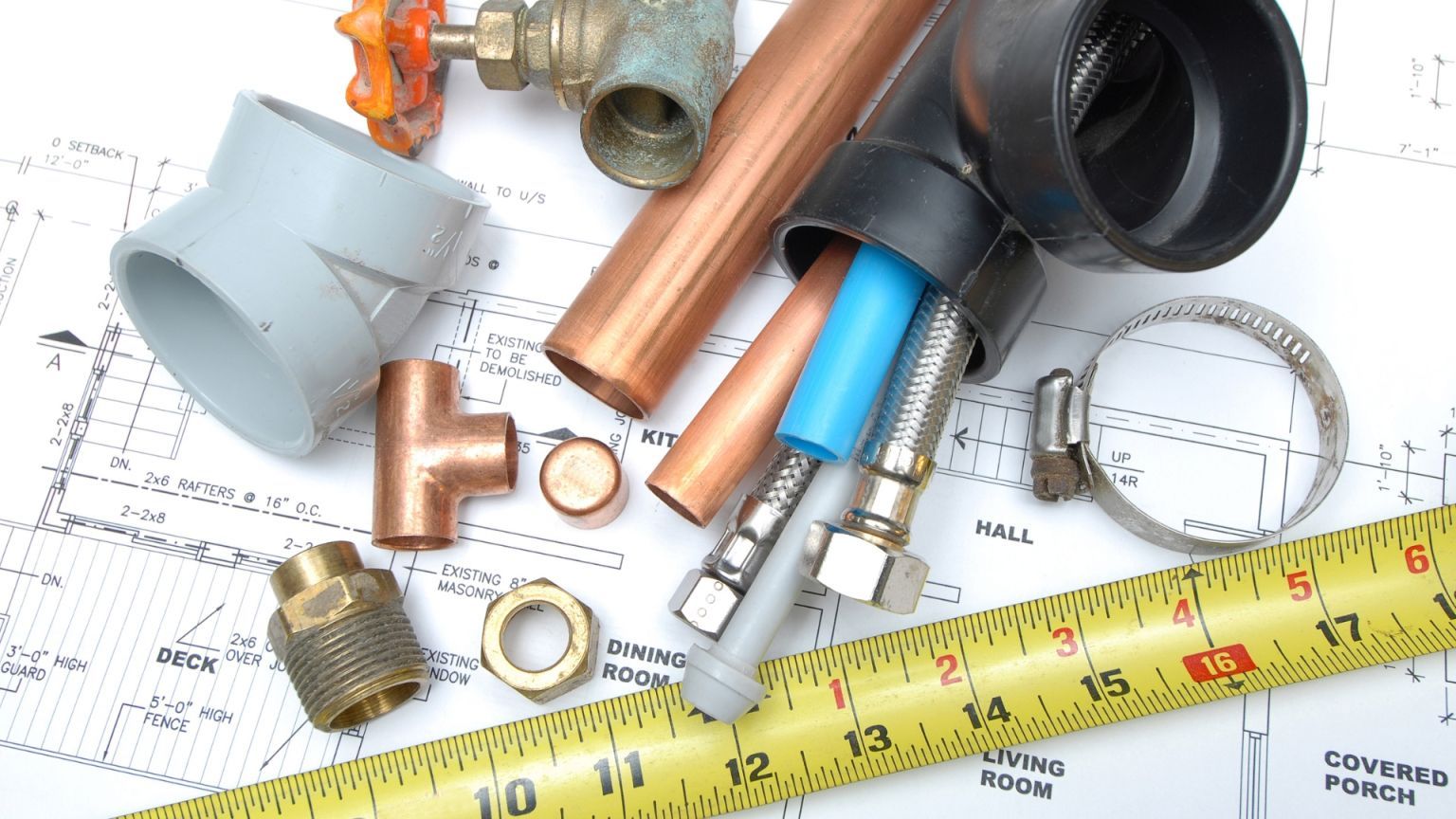
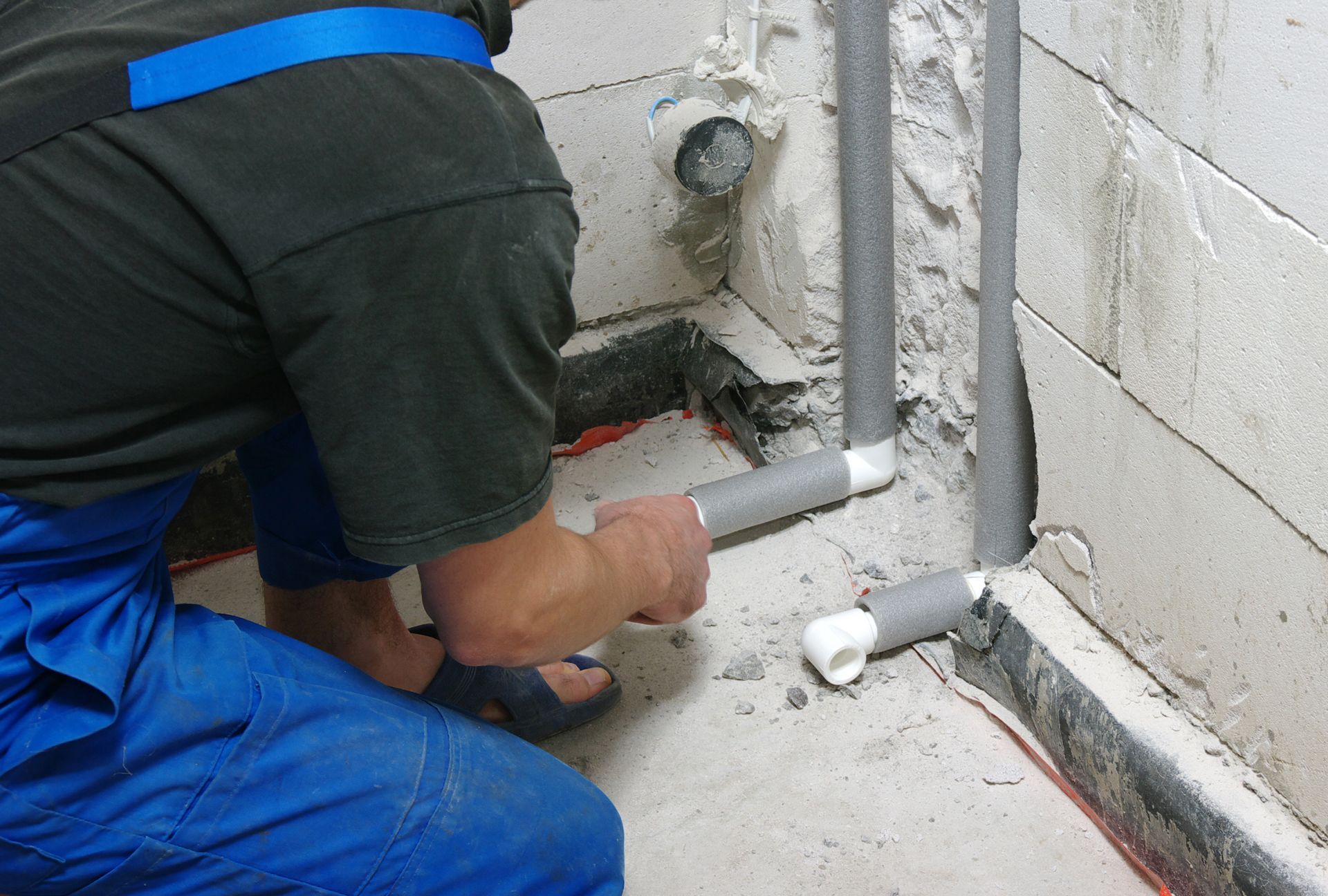
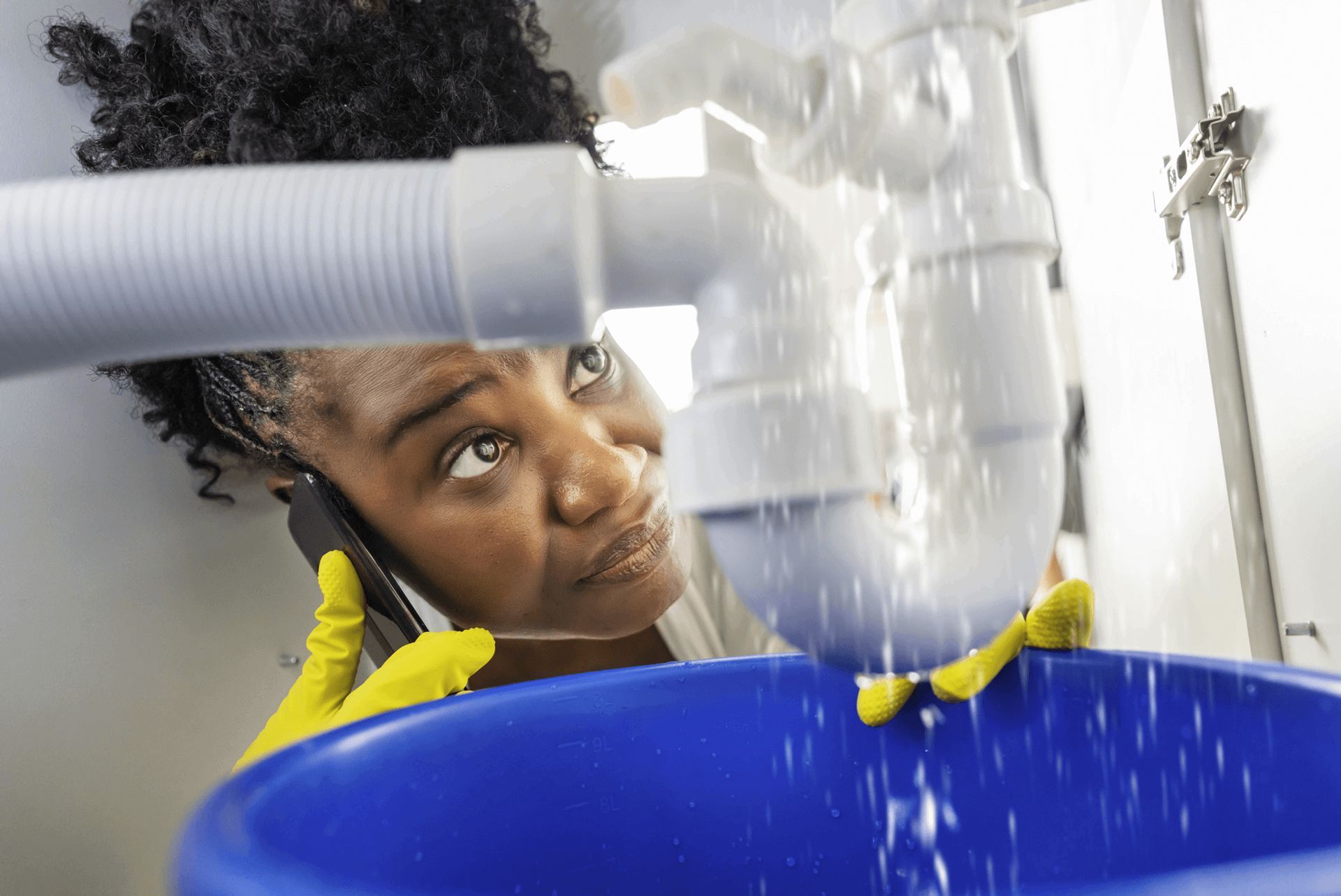

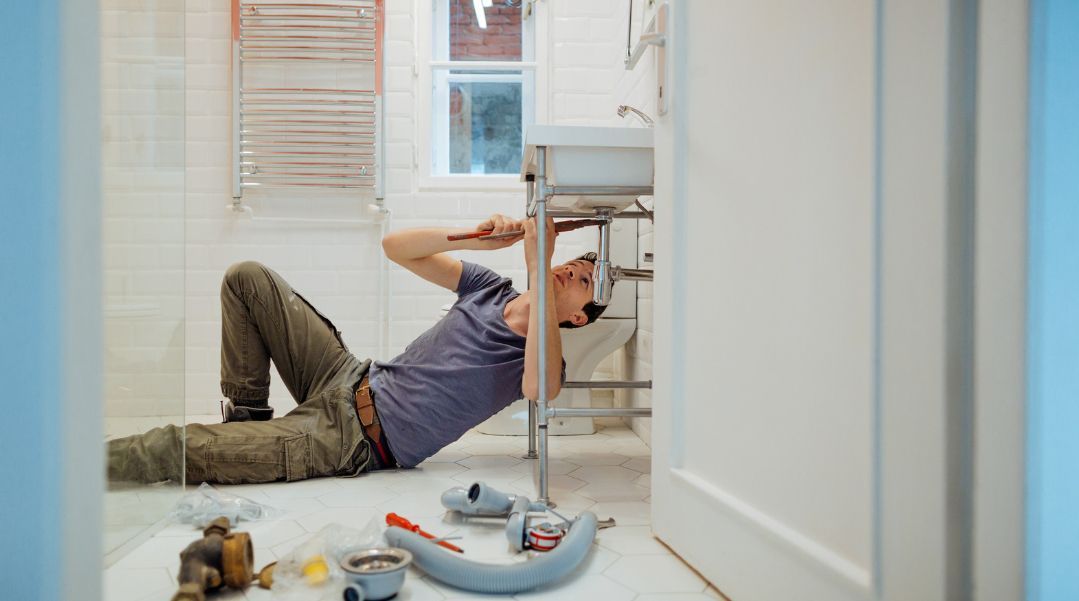
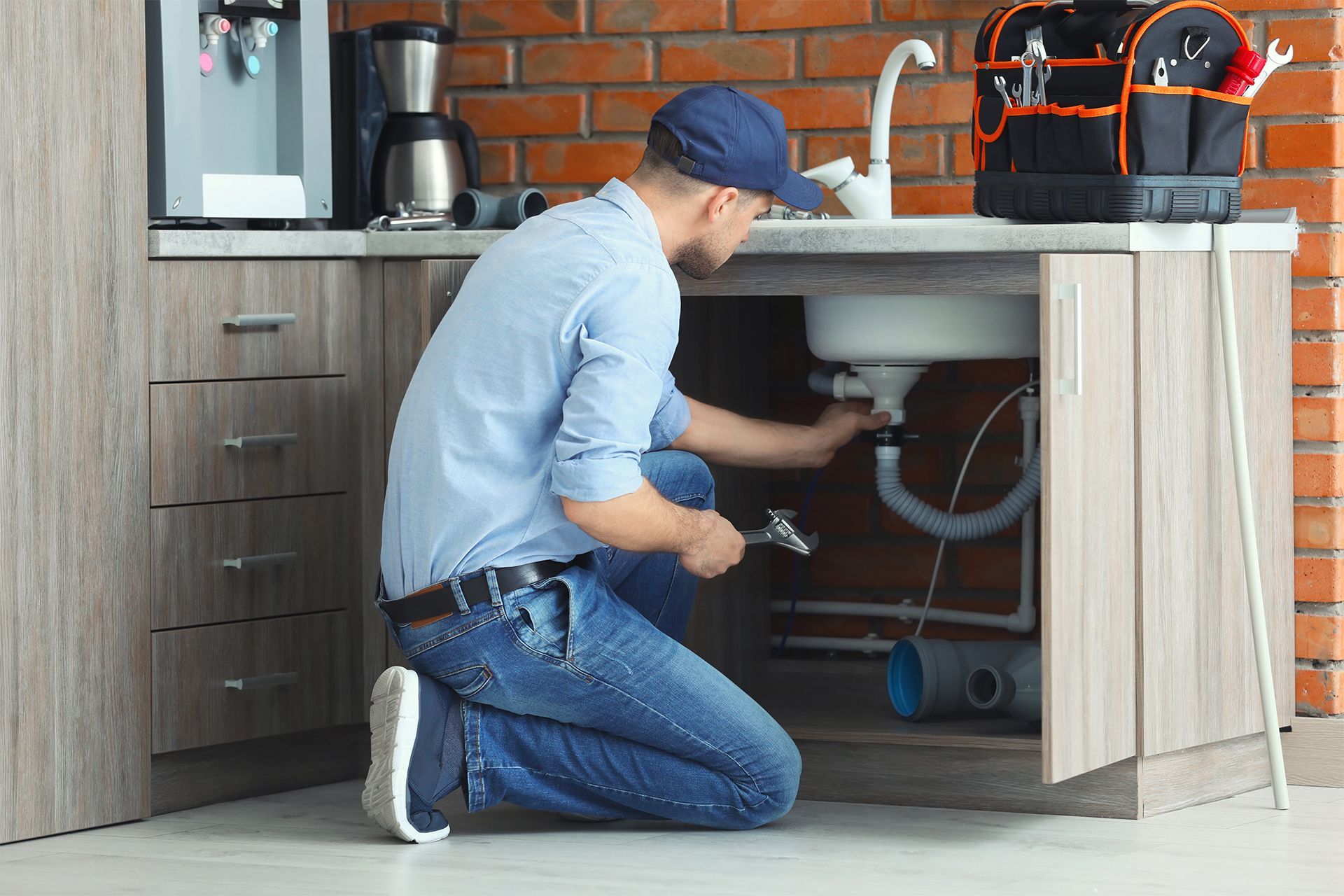

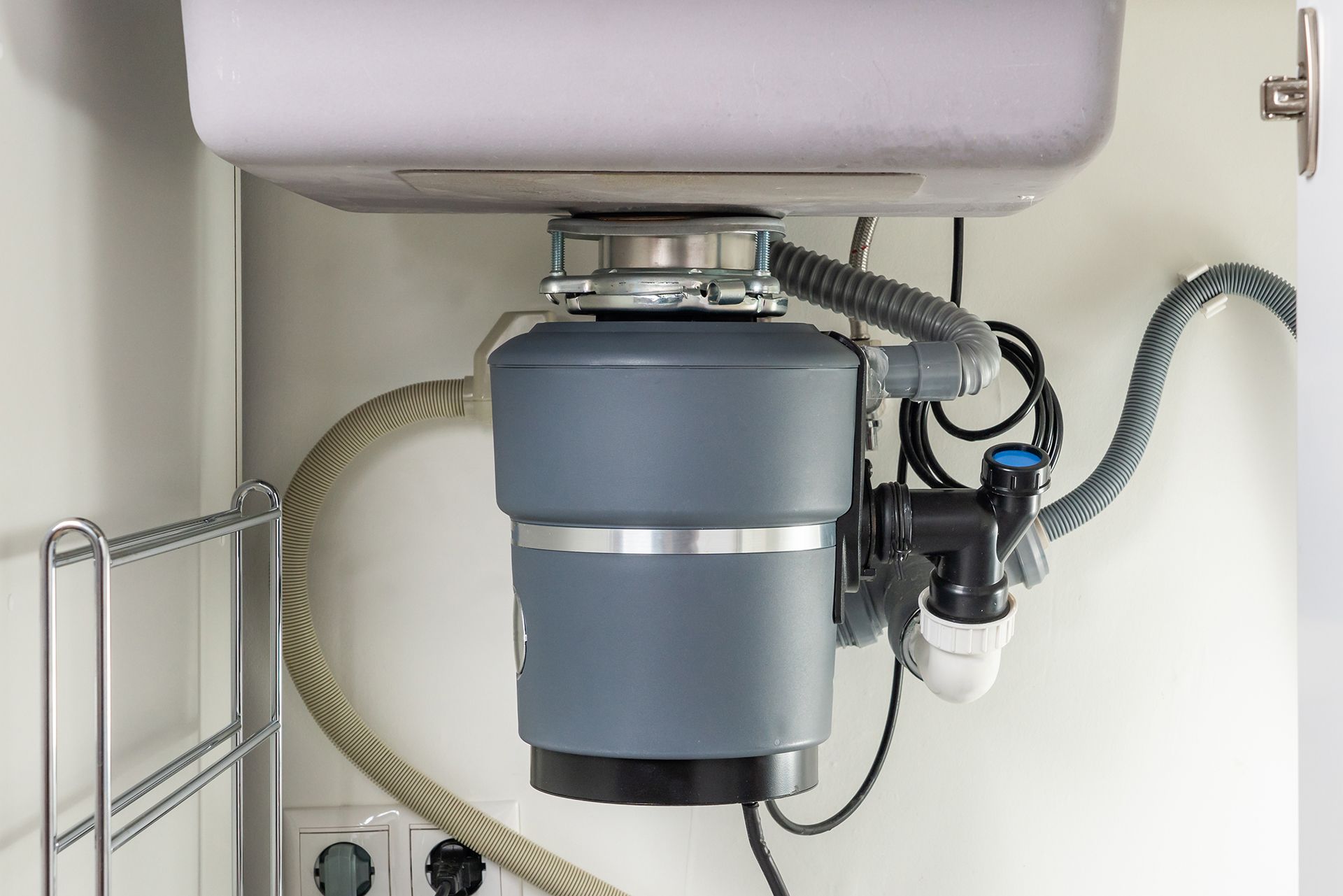

Quick Links
Our Services